In a dynamic World of Travel, where trends are constantly evolving, 2024 will see a shift towards unusual off-beat destinations. The lure of the unknown beckons, and savvy travelers are now seeking out-of-the-box experiences that go beyond typical tourist attractions.
Travelling always has its unprecedented importance and benefits. Travel not only offers a fresh start for the New Year but also opens doors to new perspectives, cultures and experiences.
Breaking out of routine promotes mental wellbeing, reduces stress and improves creativity. Below, we explore 5 off-beat destinations, each having its own charm and opportunities for amazing exploration.
Destination 1: Hidden Gem Island Retreats
When one thinks of islands, popular names like Bali or Santorini come to mind. However, there are lesser-known islands waiting to be discovered. Imagine pristine beaches, untouched by the masses, and a sense of tranquility that’s hard to find elsewhere. Dive into the unique activities and experiences these hidden gem islands offer, from secret coves to local cultural celebrations.
Palawan, Philippines
Palawan, often overshadowed by mainstream Philippine destinations, boasts stunning landscapes, crystal-clear waters, and untouched beaches. El Nido and Coron offer unique island-hopping experiences, hidden lagoons, and vibrant marine life, making it a real paradise for nature enthusiasts.
Here are some must-see spots for a 3-day trip:
-
Day 1: El Nido. Start your trip in El Nido, a coastal town famous for its Bacuit Archipelago, a cluster of islands with hidden lagoons, limestone cliffs, and secret coves. Take a island hopping tour, go kayaking through the lagoons, or relax on Nacpan Beach, a 4km stretch of powdery white sand.

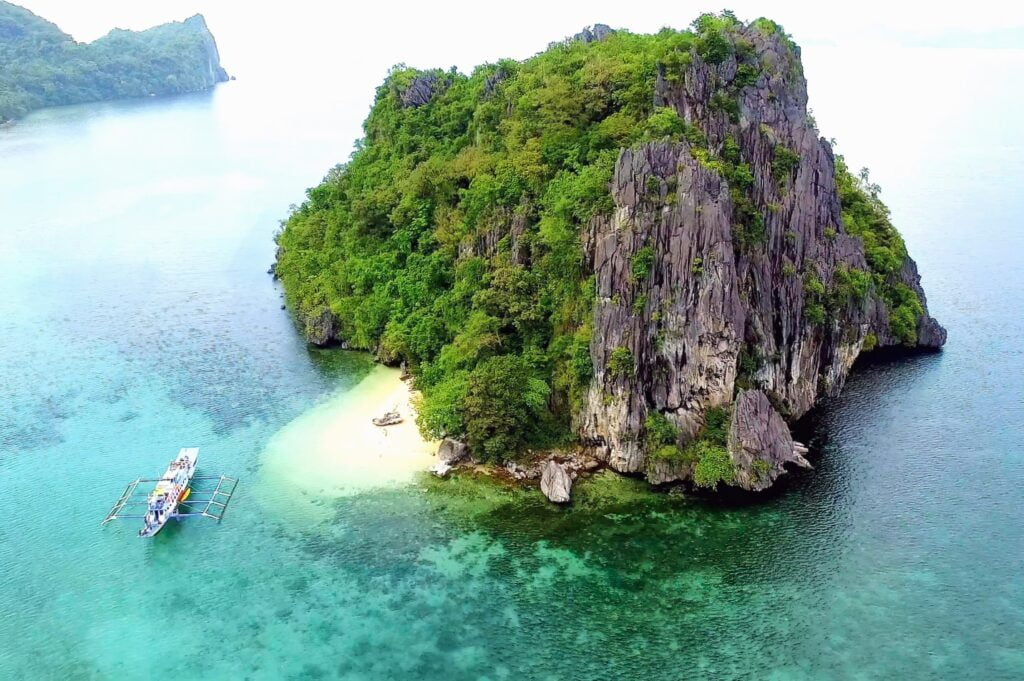
-
Day 2: Puerto Princesa Underground River. Take a boat ride through the Puerto Princesa Underground River, a UNESCO World Heritage Site and one of the longest underground rivers in the world. Marvel at the limestone formations and the rich biodiversity of the cave system.
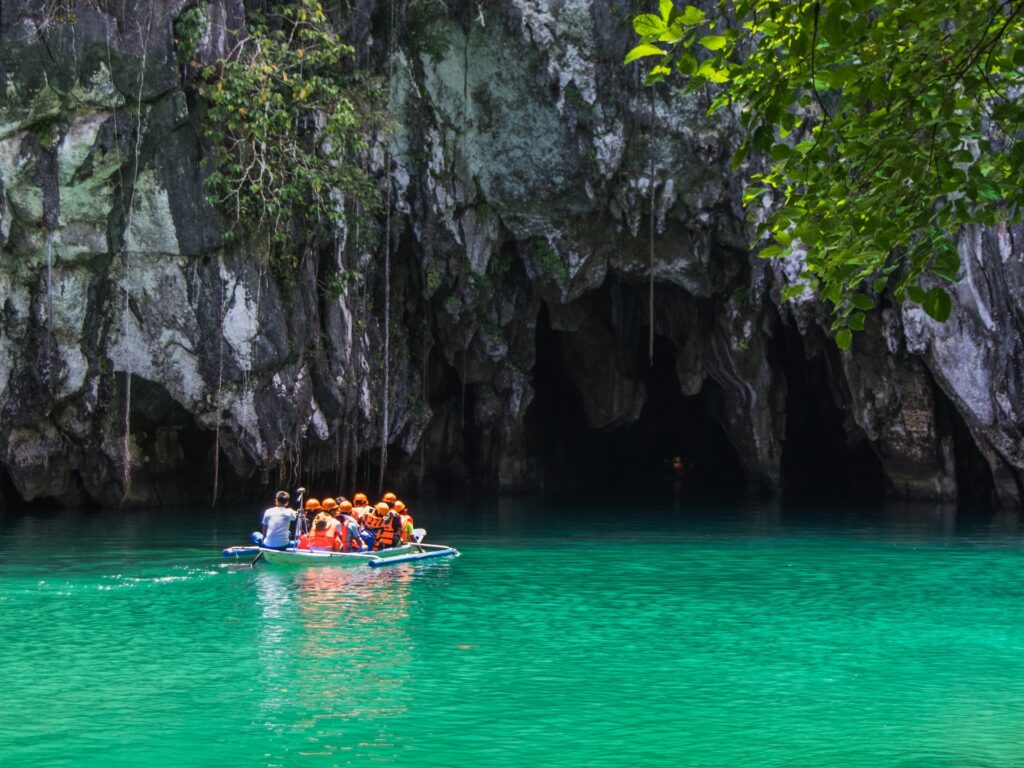
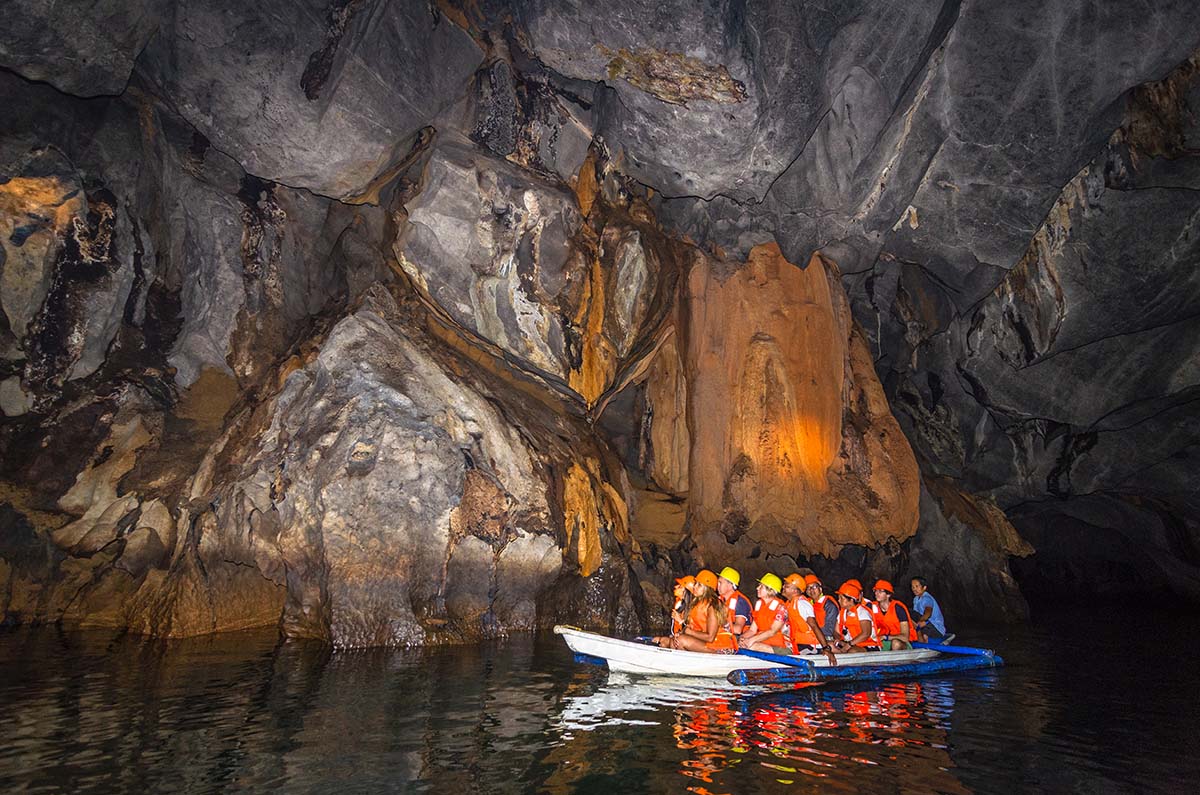
-
Day 3: Coron. Fly or take a ferry to Coron, another island paradise known for its shipwrecks from World War II, beautiful beaches, and clear waters perfect for diving and snorkeling. Visit Kayangan Lake, a serene freshwater lake surrounded by limestone cliffs, or explore the sunken ships in Coron Bay.
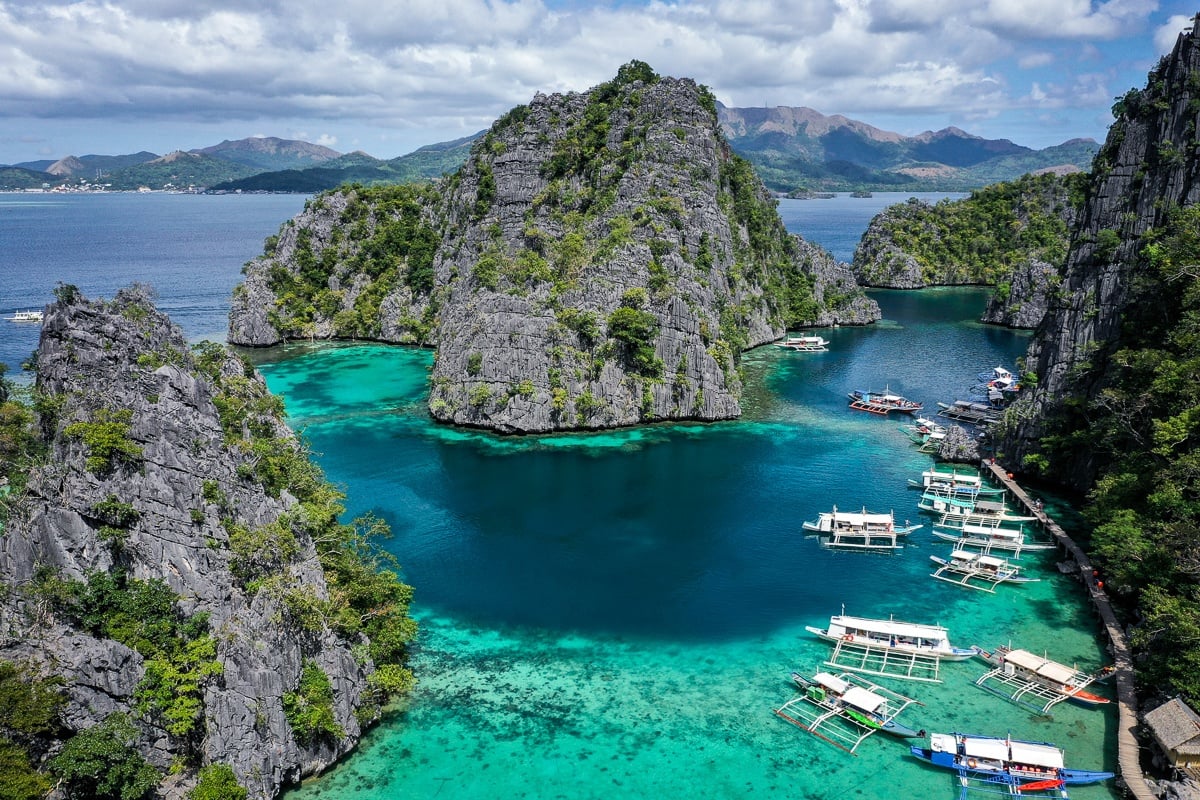

Here are some additional tips for sightseeing in Palawan:
- The best time to visit Palawan is during the dry season, from November to April.
- Be sure to pack sunscreen, a hat, and sunglasses, as the sun can be strong.
- There are many ATMs in Palawan, but it is always a good idea to bring some cash with you, especially for smaller islands and towns.
- If you are planning on doing any diving or snorkeling, be sure to get certified by a reputable company.
- Palawan is a great place to relax and unwind, so be sure to take some time to enjoy the beaches and the laid-back atmosphere.
I hope this helps you plan your trip to Palawan!
Destination 2: Cultural Riches in Unexplored Towns
Beyond the bustling metropolises, there lies a tapestry of unexplored towns brimming with cultural riches. These lesser-visited off-beat places carry a historical significance that provides a richer understanding of a region’s heritage. Embark on a journey through time as you wander the cobblestone streets of these hidden cultural gems.
Gjirokastër, Albania
Gjirokastër, a UNESCO World Heritage Site, is a town frozen in time. Known for its well-preserved Ottoman architecture, cobblestone streets, and historic castle, it provides a glimpse into Albania’s rich cultural heritage, away from the tourist crowds.
Here are some must-see spots for a 2-day trip, keeping safety and cultural sensitivity in mind:
Day 1:
- Gjirokastër Castle: Start your day by exploring the imposing Gjirokastër Castle, perched on a hilltop overlooking the city. Learn about its fascinating history, from Byzantine times to Ottoman rule, and wander through the courtyards, armory, and Ethnographic Museum.
- Zekate House: Immerse yourself in Ottoman architecture at the Zekate House, a beautifully restored 18th-century mansion. Admire the intricate wood carvings, traditional furnishings, and stunning views from the rooftop terrace.
National Ethnographic Museum: Gain insights into Albanian culture and history at the National Ethnographic Museum. See traditional costumes, crafts, and household items, and learn about the region’s customs and traditions.
Day 2:
Bazar of Gjirokastër: Experience local life at the bustling Bazaar of Gjirokastër. Browse through stalls selling souvenirs, handmade crafts, and local delicacies, and soak up the vibrant atmosphere.
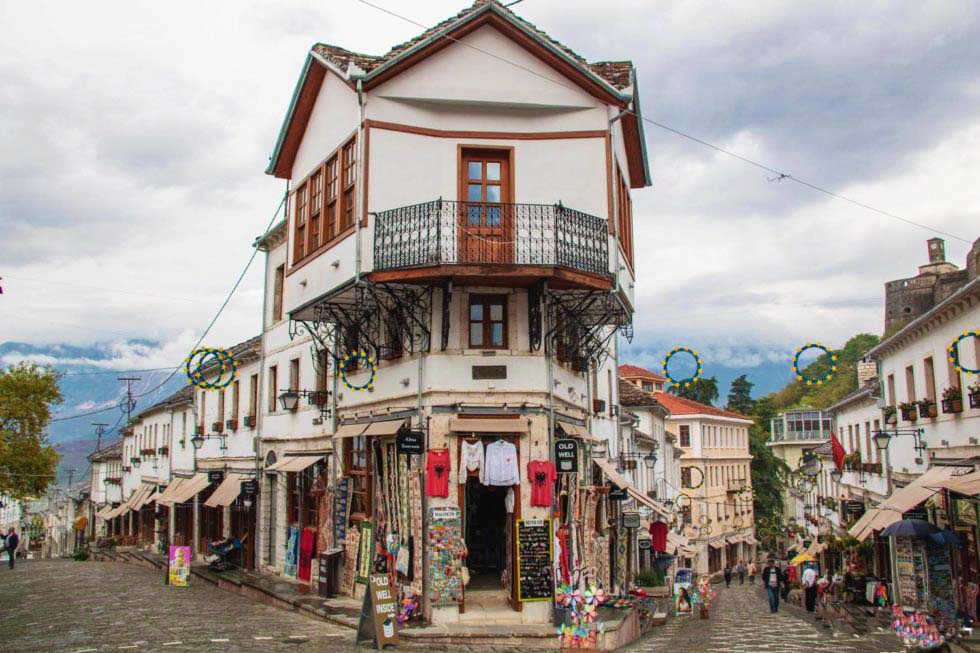
- Ottoman Quarters: Stroll through the charming Ottoman Quarter, with its traditional stone houses, narrow lanes, and small shops. Be respectful of local customs and dress modestly when visiting religious sites or entering private homes.
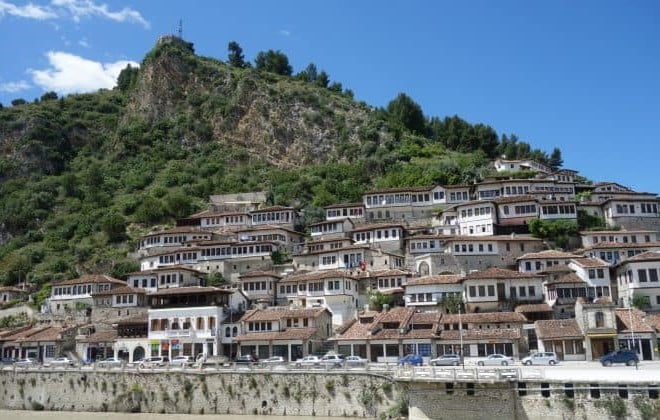
- Canyon’s of Gjipe, Vuno & Nivika: Escape the city and embrace nature at the stunning Canyon culminating into the Adriatic sea. Hike through the dramatic gorge, past waterfalls and lush vegetation, and take in the breathtaking views from the various viewpoints.
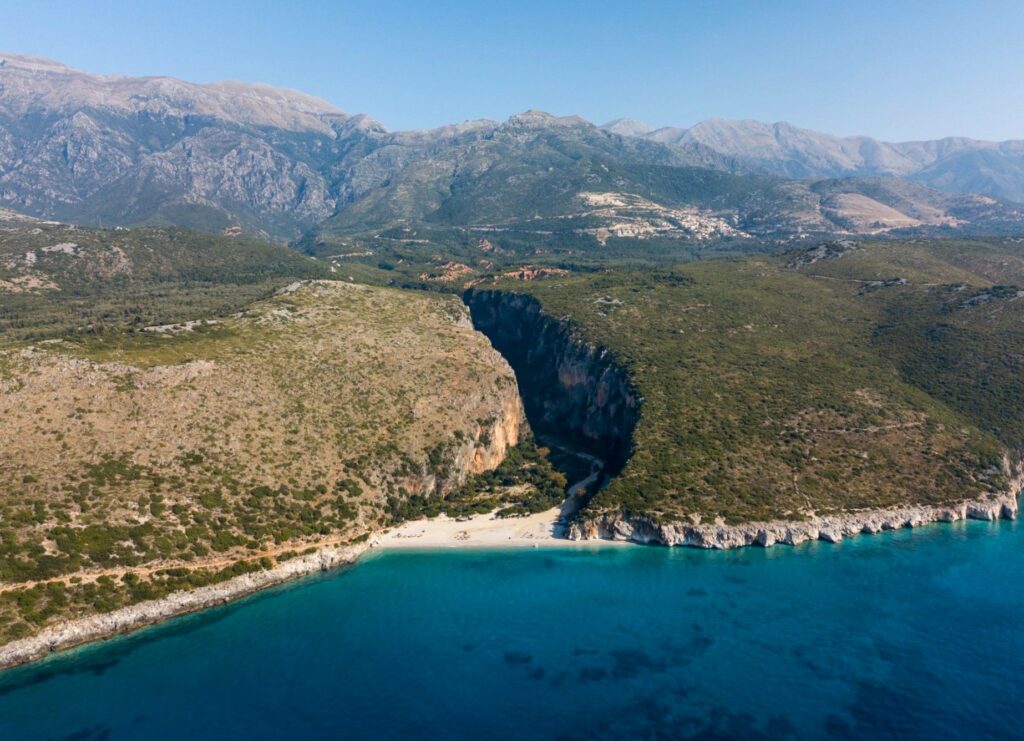

These are just a few of the many things to see and do in Gjirokastër. With its rich history, cultural heritage, and stunning scenery, Gjirokastër is a hidden gem waiting to be discovered.
Here are some additional tips for sightseeing in Gjirokastër:
- The best time to visit Gjirokastër is during the spring (April-May) or autumn (September-October) when the weather is mild and pleasant.
- Wear comfortable shoes as you will be doing a lot of walking.
- Be sure to try the local cuisine, which is influenced by Mediterranean and Ottoman flavors.
- Learn a few basic Albanian phrases to show respect and connect with the locals.
- Gjirokastër is a safe city, but always be aware of your surroundings and take precautions against petty theft.
I hope this helps you plan your trip to Gjirokastër!
Destination 3: Nature’s Wonders in Remote Landscapes
For nature enthusiasts seeking solace away from crowds, remote landscapes offer a sanctuary. Explore off-beat natural wonders, from majestic mountains to serene valleys. This section will guide you through ecotourism opportunities, allowing you to connect with nature responsibly.
Faroe Islands, Denmark
For those seeking remote natural beauty, the Faroe Islands offer dramatic landscapes with towering cliffs, rolling hills, and picturesque fjords. Its untouched scenery is a haven for birdwatchers and hikers, providing an immersive connection with nature.
While the Faroe Islands are technically part of Denmark, they have their own distinct language and culture. This stunning Nordic archipelago, tucked away between Iceland and Norway, offers dramatic cliffs, charming villages, and unique experiences for adventurous travelers. Here’s a possible 3-day itinerary for sightseeing in the Faroe Islands:
Day 1:
- Morning: Arrive in Vágar, the main island, and rent a car. Drive to the village of Gásadalur, known for its iconic Múlafossur waterfall cascading into the Atlantic Ocean. Hike to the viewpoint for breathtaking panoramas.
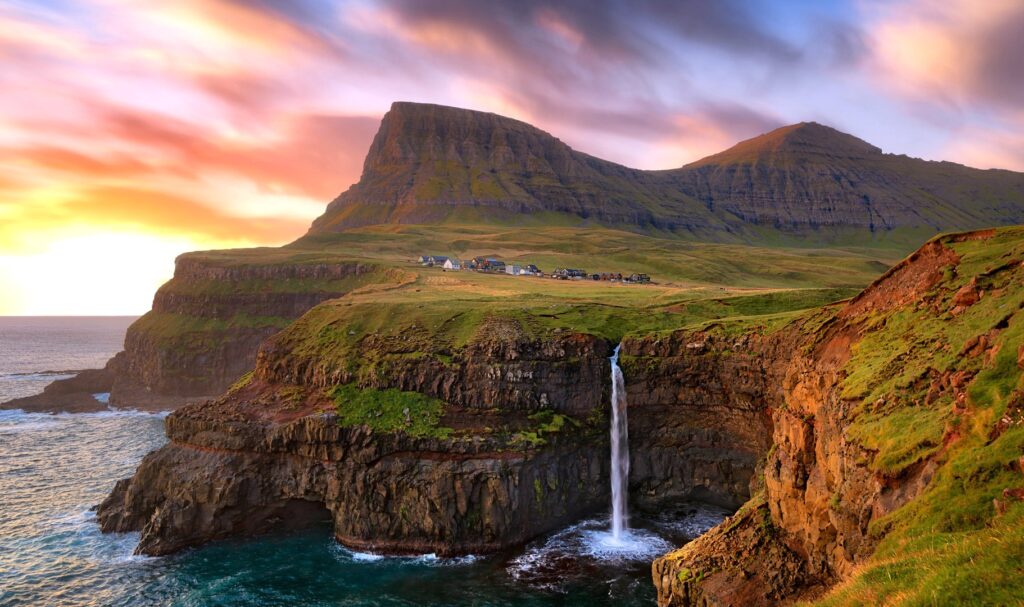
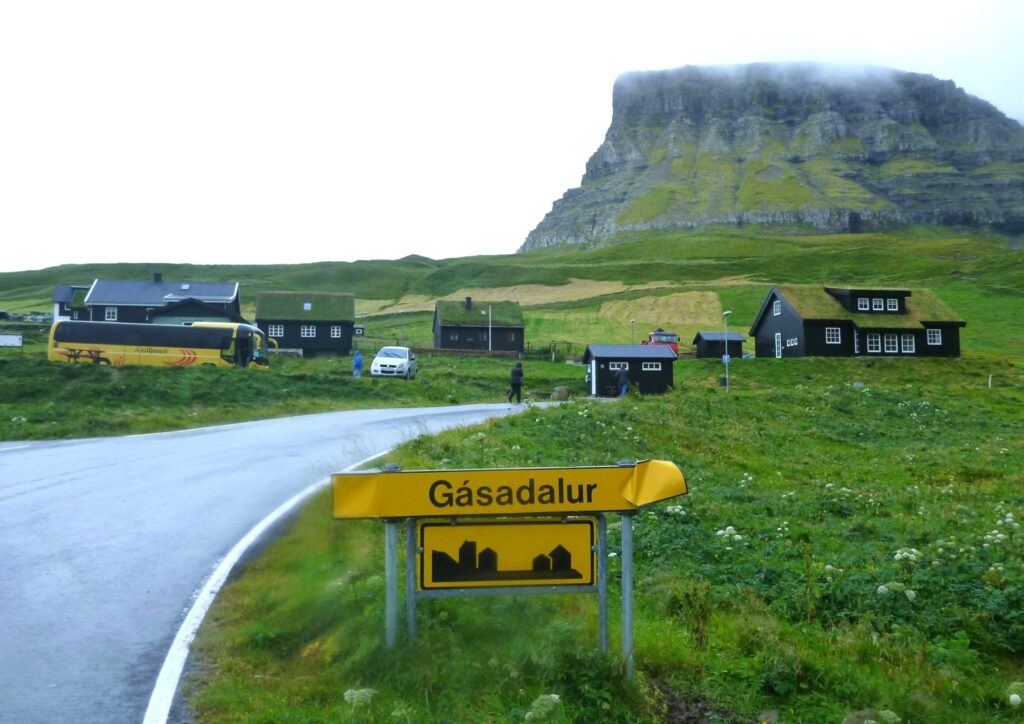
- Afternoon: Take a boat tour from the nearby village of Bøur to the Vestmanna sea cliffs teeming with puffins, guillemots, and other seabirds.
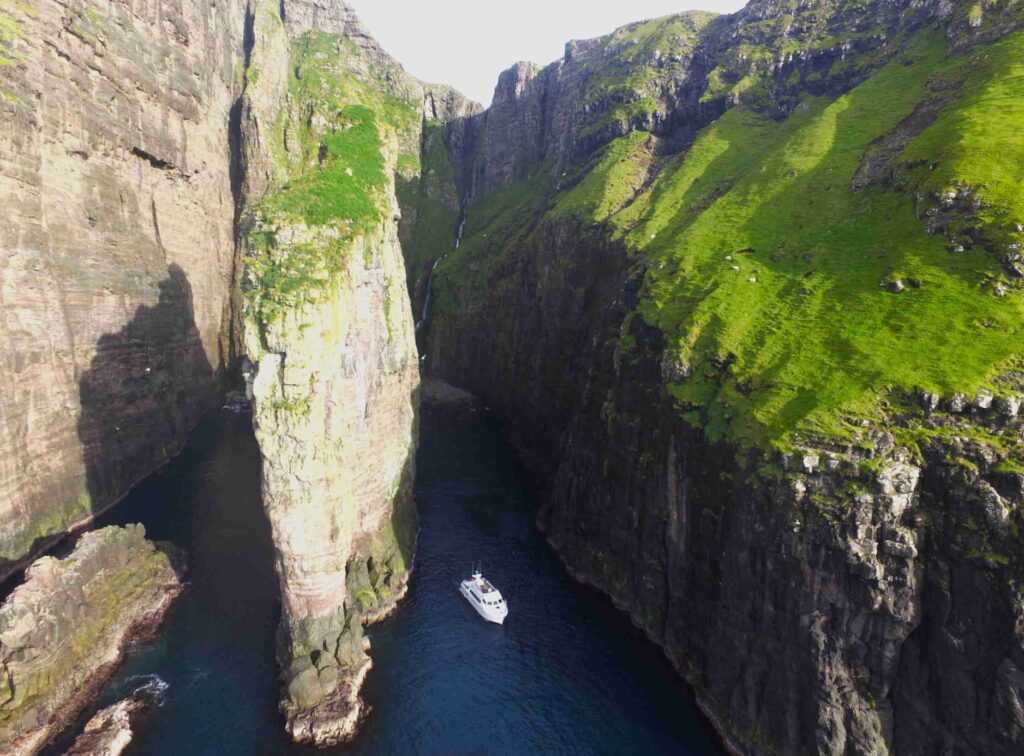
- Evening: Enjoy fresh seafood at a restaurant in Tórshavn, the capital city, and explore its colorful harbor and Tinganes, the historic district.

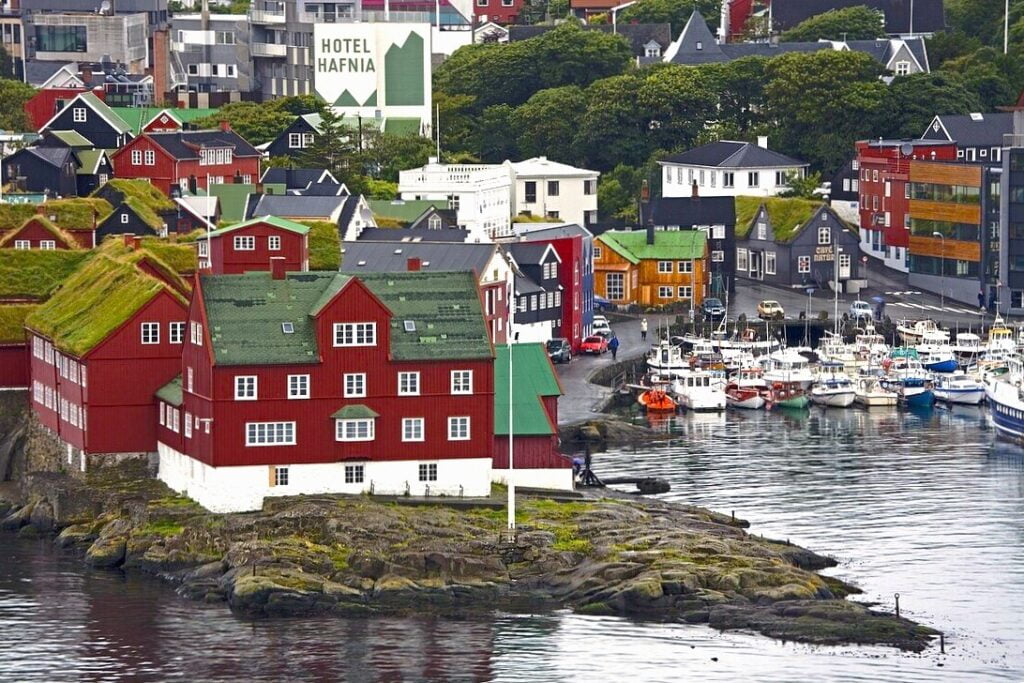
Day 2:
- Morning: Ferry to the island of Mykines, a birdwatcher’s paradise with over 1 million breeding pairs of seabirds. Hike to the Kallur lighthouse for stunning views of the coast.
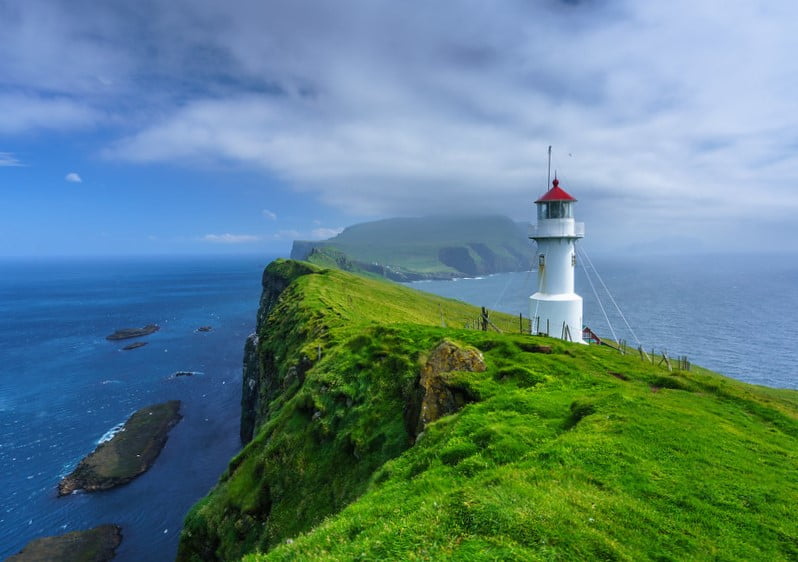
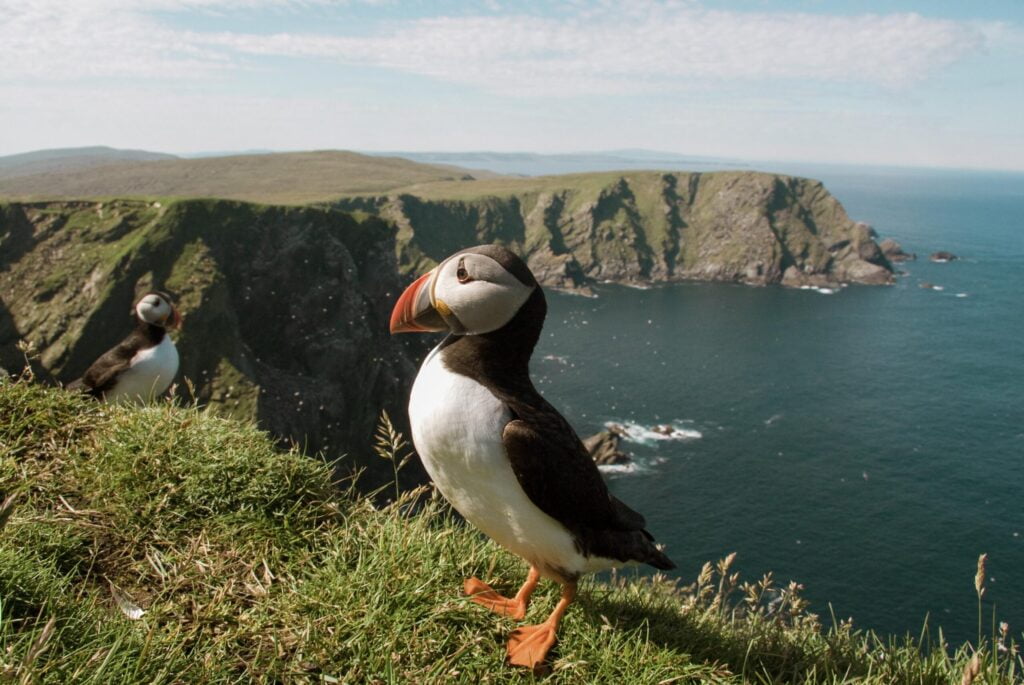
- Afternoon: Return to Vágar and drive to Sørvágsvatn, a stunning lake that appears to be floating above the ocean due to an optical illusion. Hike to the Trælanípa viewpoint for the best photo spot.
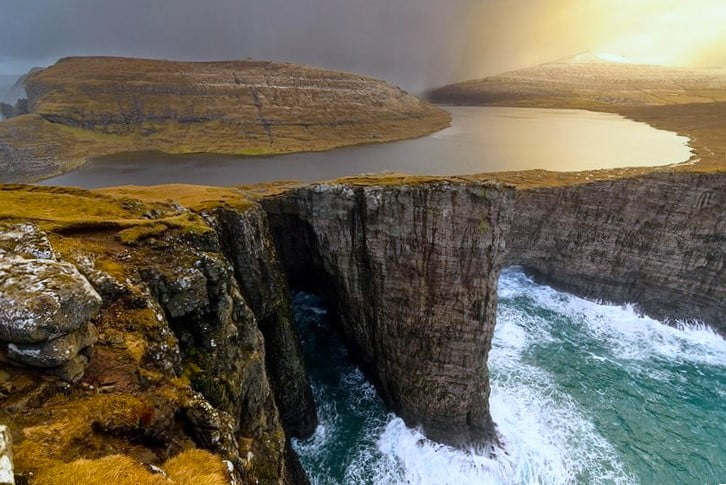
Day 3:
- Morning: Take the ferry to the island of Streymoy and visit the charming village of Kirkjubøur, home to the ruins of a medieval bishop’s cathedral and farm.
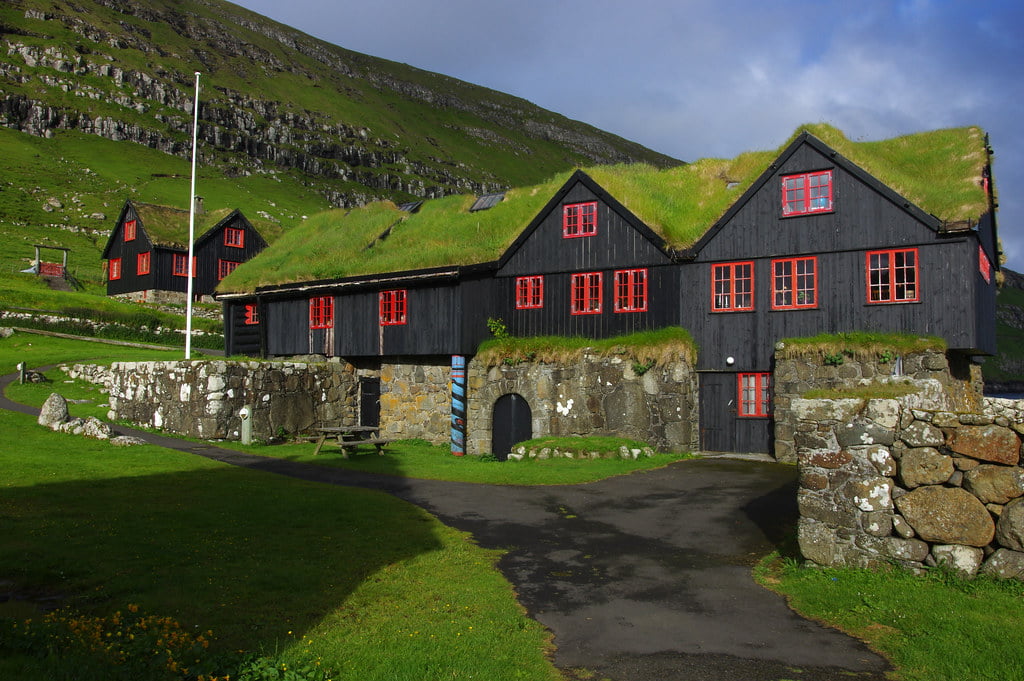

- Afternoon: Drive to Saksun, a picturesque village nestled between mountains and with a beautiful lagoon. Hike to the Tjørnuvík viewpoint for breathtaking clifftop views.
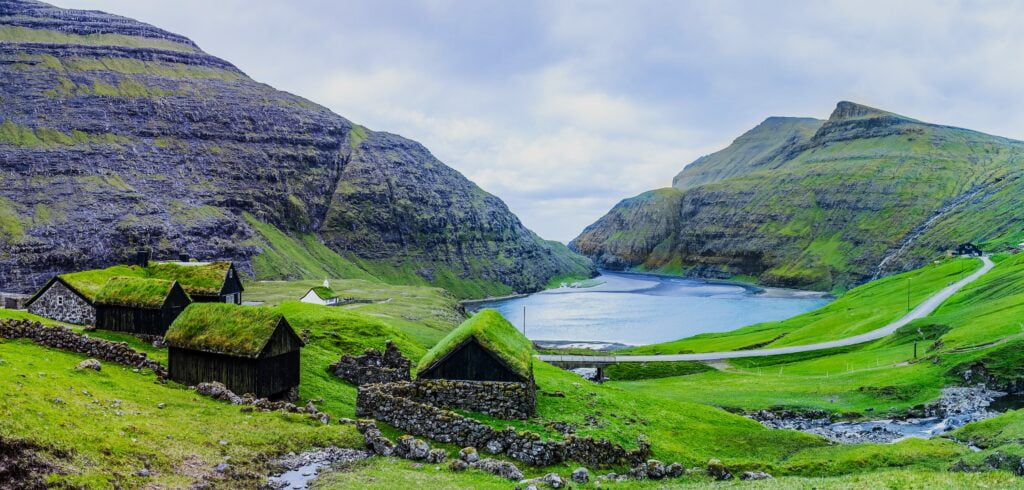
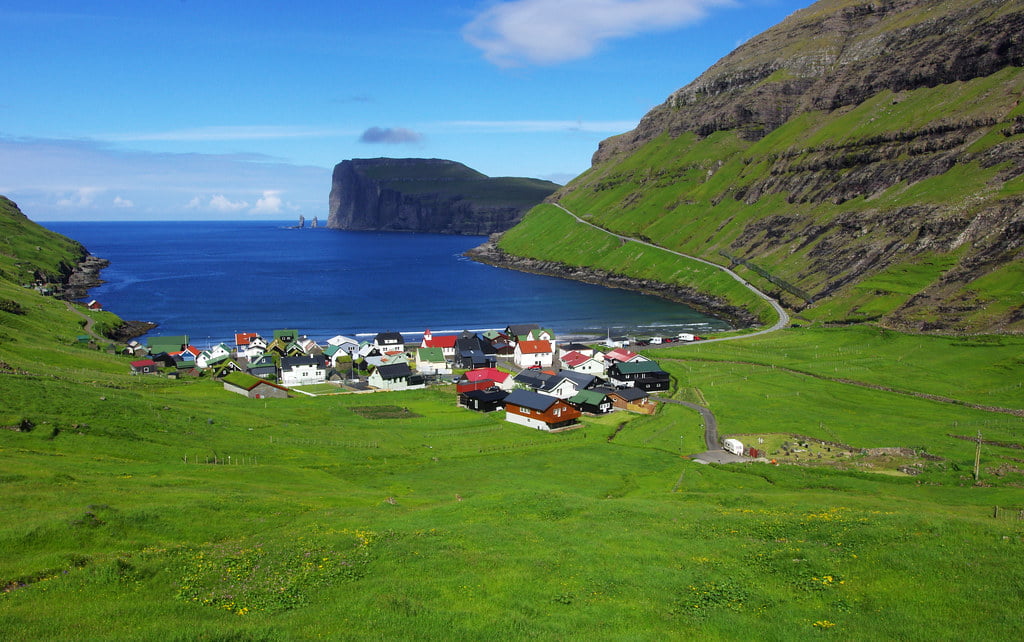
Bonus tips:
- Rent a traditional Faroese boat and explore the coastline at your own pace.
- Hike one of the many scenic trails, like the Bøsdalafossur waterfall hike or the Slaattaratindur mountain peak climb.
- Immerse yourself in Faroese culture by attending a local festival or trying traditional dishes like dried fish and sheep’s head.
- Be prepared for unpredictable weather and pack accordingly.
Remember, this is just a suggestion, and you can tailor your itinerary based on your interests and time constraints. With its dramatic landscapes, friendly locals, and unique culture, the off-beat Faroe Islands are sure to leave you with unforgettable memories.
Destination 4: Quirky Urban Escapes
Urban exploration need not be confined to well-known cities. Discover unorthodox urban destinations away from the mainstream, each with its local flavors and hidden attractions. Immerse yourself in the vibrant street art, unique architecture, and the pulse of these offbeat urban getaways.
Tbilisi, Georgia
Tbilisi, the capital of Georgia, is an offbeat urban gem. Its eclectic architecture, vibrant street art, and a unique mix of modern and historic elements create an atmosphere that’s both quirky and charming. The local markets and hidden alleyways add to its undiscovered charm.
Tbilisi, nestled between rolling hills and the Kura River, is a city steeped in history, culture, and stunning natural beauty, a real off-beat treat. With ancient churches, lively markets, and delicious cuisine. Here’s a suggested itinerary for 48 hours in Tbilisi, showcasing the city’s highlights:
Day 1: Old Tbilisi and Narikala Fortress
Morning: Start your day in the heart of Old Tbilisi, wander through the charming, narrow streets lined with colorful houses and balconies overflowing with flowers. Hike or take a cable car up to the 4th-century Narikala Fortress, towering over the city. Enjoy panoramic views of Tbilisi and the Kura River, explore the ruins of churches and baths, and soak in the historical atmosphere.
- Meidan Square: Immerse yourself in the bustling Meidan Square, a central hub for locals and tourists. Browse through souvenir stalls, sip on freshly squeezed pomegranate juice, and people-watch from a cozy cafe terrace.
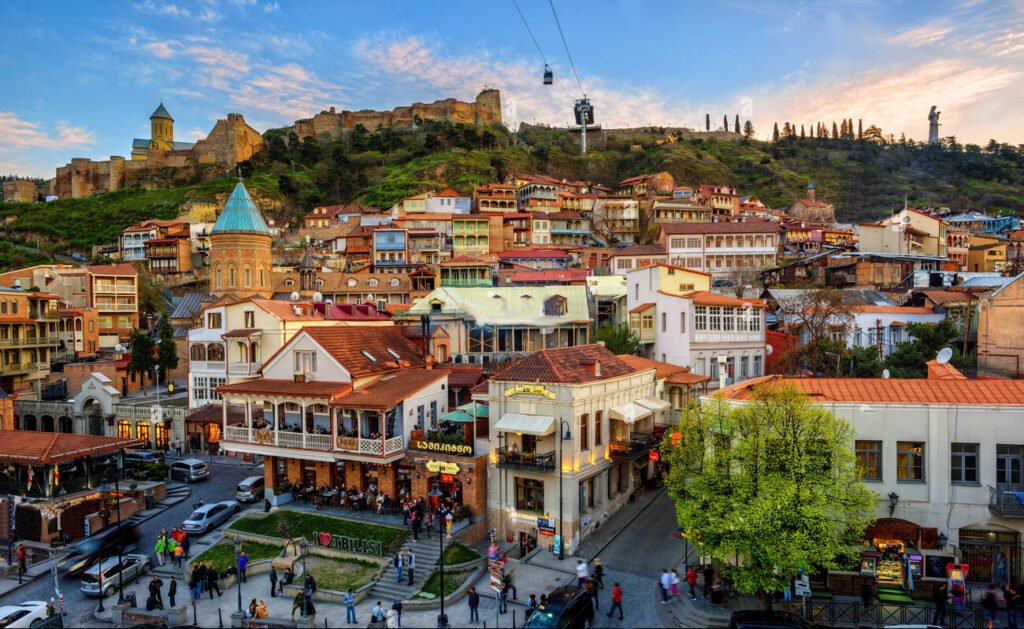
Afternoon: Treat yourself to a traditional Georgian lunch at a local restaurant. Savor khinkali (dumplings), mtsvadi (skewered grilled meat), and pkhali (spinach rolls) paired with a glass of Georgian wine.
- Bridge of Peace: Cross the iconic Bridge of Peace, a modern glass and steel structure spanning the Kura River, and enjoy breathtaking views of the city from its pedestrian walkway.
- National Museum of Georgia: Delve into Georgian history and culture at the National Museum. Explore exhibits showcasing archaeological finds, ancient manuscripts, and traditional folk art.
Day 2: Abanotubani and Beyond
Morning: Rejuvenate at the historic Abanotubani sulfur baths, a unique experience dating back centuries. Relax in the naturally heated mineral water pools and enjoy the traditional bathhouse rituals.
- Jvari Church: Take a short drive to Jvari Church, perched on a hilltop overlooking the confluence of the Aragvi and Kura rivers. This UNESCO World Heritage site offers stunning views and a glimpse into early Christian architecture.
- Mtatsminda Park: Take a cable car up to Mtatsminda Park, a popular recreation area with amusement rides, restaurants, and panoramic views of the city.
- Sharden Street: Stroll down Sharden Street, a lively pedestrian zone lined with cafes, restaurants, and shops. Pick up souvenirs, enjoy street performers, and soak in the local atmosphere.
Evening: Indulge in a farewell dinner at a restaurant serving modern Georgian cuisine with a twist. Savor innovative dishes that reinterpret traditional flavors, paired with local wines and craft beers.
Bonus tips:
- Purchase a Tbilisi City Pass for free public transportation and discounts on museums and attractions.
- Learn some basic Georgian phrases to enhance your interactions with locals.
- Be prepared for cobblestone streets and hilly terrain, comfortable shoes are recommended.
- Don’t miss the street food! Try khachapuri (cheese bread), lobiani (bean pies), and churchkhela (grape candy) for a taste of Georgian delicacies.
With its rich history, friendly people, and delicious food, Tbilisi is a city that will leave you wanting more. Even a short stay can be packed with unforgettable experiences, so grab your walking shoes and get ready to explore!
This itinerary is just a suggestion, and you can customize it based on your interests and preferences. Feel free to add more time for activities you enjoy, or explore other hidden gems that Tbilisi has to offer. Happy exploring!
Destination 5: Culinary Delights in Remote Villages
For foodies with an adventurous palate, remote villages offer a unique culinary journey. This section will tantalize your taste buds with stories of local ingredients, traditional cuisines, and the warmth of community dining in lesser-known gastronomic havens.
Bologna, Italy (Apennine Hills)
Nestled at the foot of the Apennine Hills, Bologna pulsates with life, art, and of course, delectable food. While Bologna is known for its culinary scene, venturing in the city reveals remote villages offering authentic Italian cuisine with traditional recipes, and a warm community-focused dining experience. A short stay can be bursting with flavor and discovery. Here’s a suggested itinerary for 48 hours in Bologna, showcasing the city’s highlights:
Day 1: A Foodie’s Paradise
- Morning: Dive into Bologna’s beating heart, the Quadrilatero market. Lose yourself amidst stalls overflowing with fresh produce, cured meats, cheeses, and handmade pasta. Sample local delicacies like mortadella and tortellini, and soak in the vibrant atmosphere.
- Lunchtime: Savor a traditional Bolognese meal at a trattoria tucked away in a narrow alley. Indulge in tagliatelle al ragù (wide egg noodles with meat sauce), a Bolognese staple, and don’t forget to try a slice of the city’s iconic crescentine fritte (fried dough).
- Afternoon: Climb the ancient Torre degli Asinelli, one of Bologna’s iconic leaning towers, for breathtaking panoramic views of the city and the surrounding Apennine foothills.

- Evening: Immerse yourself in Bologna’s lively nightlife on Via Zamboni, a student hub brimming with bars, pubs, and trattorias. Sip on an Aperol Spritz, the city’s signature cocktail, and enjoy the pulsating energy of the student quarter.
Day 2: Art, History, and Hidden Gems
- Morning: Explore the Piazza Maggiore, Bologna’s main square, lined with grand palazzos and bustling with street performers and vendors. Visit the Neptune Fountain, a Renaissance masterpiece adorned with mythological figures, and climb the Scalinata della Montagnola steps for panoramic views.
- Lunchtime: Treat yourself to a gourmet lunch at Mercato di Mezzo, a foodie haven known for its artisanal shops and specialty food stalls. Pick up delicious souvenirs like Parmigiano Reggiano cheese and balsamic vinegar.
- Afternoon: Delve into the Pinacoteca Nazionale, housed in a stunning 16th-century palace. Marvel at masterpieces by Raphael, Carracci, and Titian, and immerse yourself in Bologna’s rich artistic heritage.
- Evening: Discover Bologna’s hidden gems like the Santo Stefano complex, a labyrinthine network of ancient churches and courtyards dating back to the 5th century. Get lost in the atmospheric alleyways and uncover historical treasures around every corner.
Bonus tips:
- Purchase a Bologna Welcome Card for free public transportation and discounts on museums and attractions.
- Learn some basic Italian phrases to enhance your interactions with locals.
- Bologna is a walkable city, so lace up your comfortable shoes and explore at your own pace.
- Don’t miss the gelato! Sample artisanal flavors at Carpigiani, a world-renowned gelateria.
This itinerary is just a suggestion, and you can customize it based on your interests and preferences. Feel free to add more time for activities you enjoy, or explore other hidden gems that Bologna has to offer. Remember, getting lost is part of the fun in this charming Italian city!
These destinations represent a mere glimpse into the vast off-beat places of the world to travel, each offering a unique experience away from the well-trodden paths.
Travel Guides and Tips for Each Destination
To aid your journey to these off-the-beaten-path destinations, we’ve created related website links highlighted in blue. Each guide provides a short 2-3days itinerary, ensuring you make the most of your time while engaging yourself in the local culture & adventure wherever possible. Consider these guides your roadmap to a basic idea what you can get to see.
Benefits of Exploring Off-Beat Destinations
Venturing off the beaten path offers more than just unique photo opportunities. It’s a catalyst for personal growth and self-discovery. Engaging with lesser-known cultures and environments opens doors to new perspectives, which enriches your understanding of that place.
Additionally, choosing off-the-beaten-path destinations contributes to the reduction of the environmental impact of mass tourism. By diverting tourism to lesser-known areas, we can promote sustainability in travel practices and protect the delicate balance of ecosystems.
It’s crucial to acknowledge potential challenges. From limited infrastructure to language barriers, are practical aspects of visiting remote destinations.
Conclusion
In a world where travel has become synonymous with popular destinations, the beauty of exploration lies in the unknown. Adopt the thrill of discovering hidden treasures of cultural wonders, and natural beauty in off-beat destinations. The world is vast, and these treasures are not limited to well-trodden paths. As we step into 2024, let curiosity be your guide, and may your travels be filled with extraordinary experiences.
Read this article for beneficial food tips for Hair Nutrition & Growth


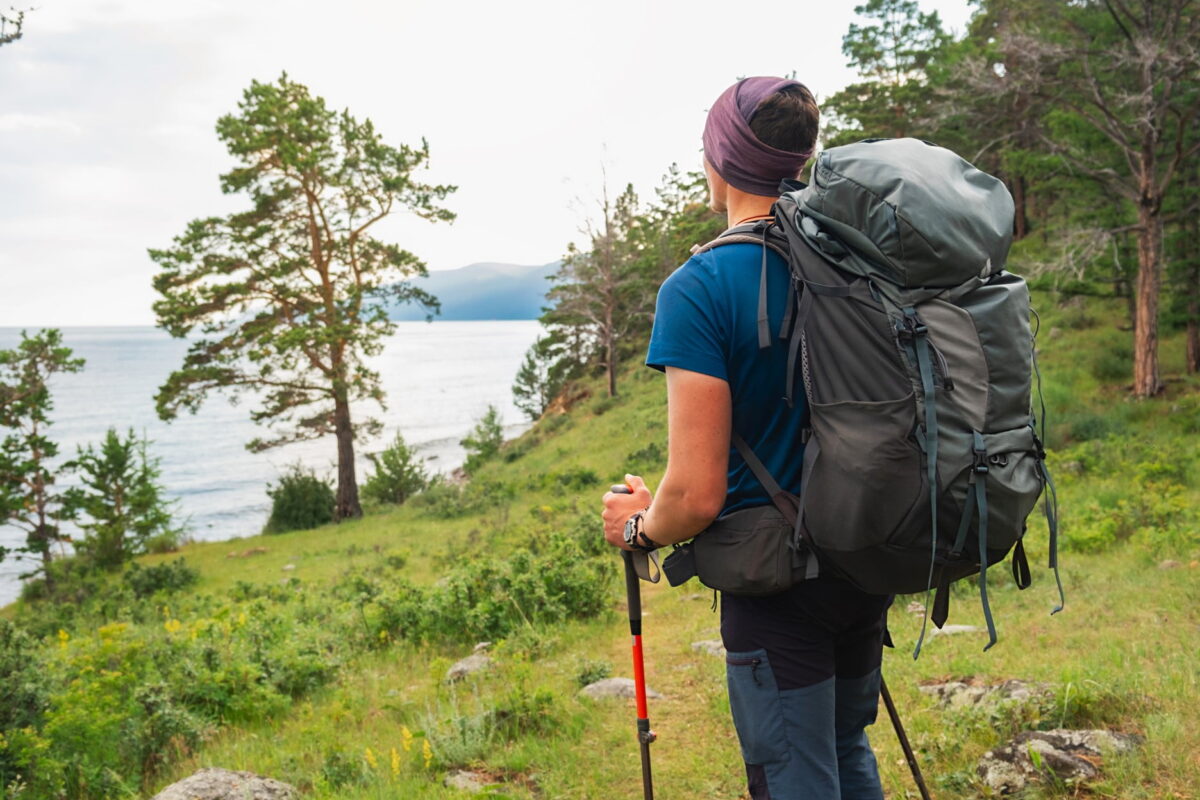
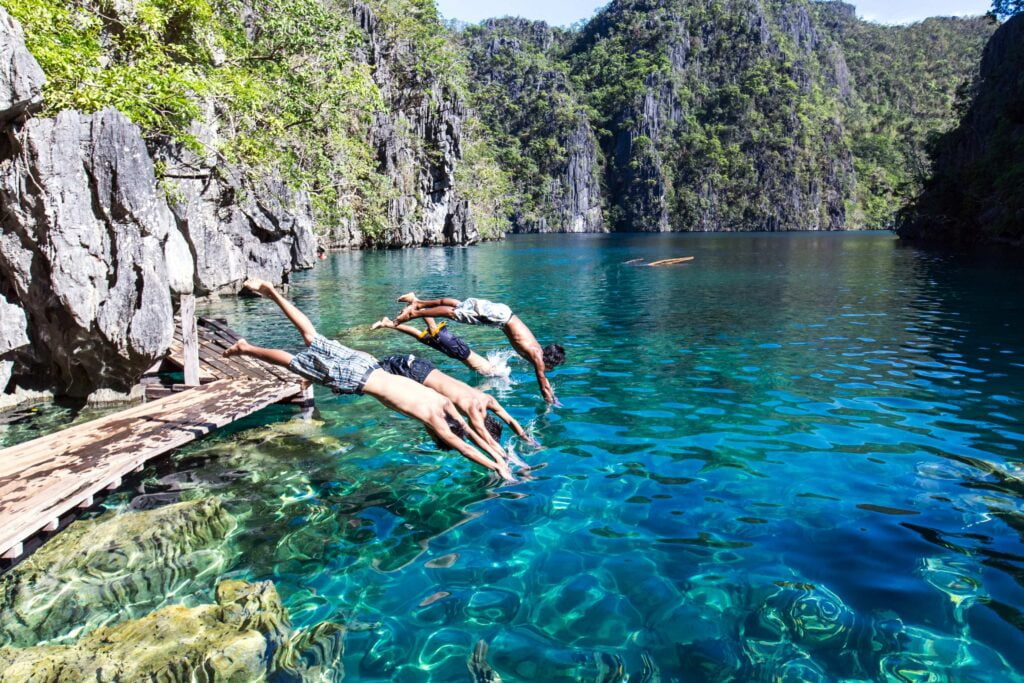
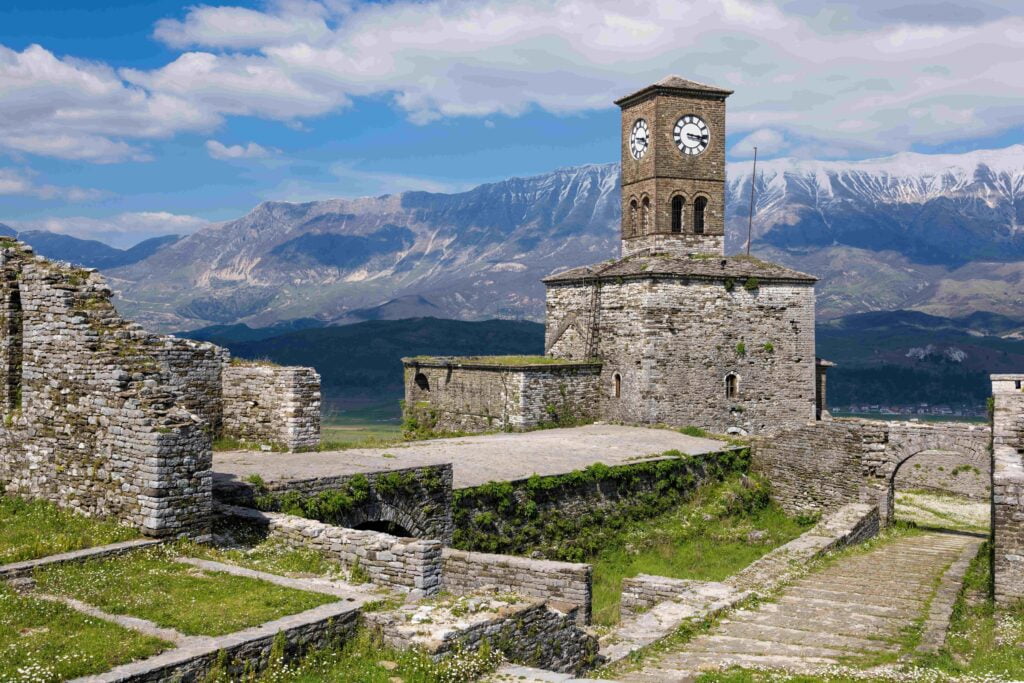
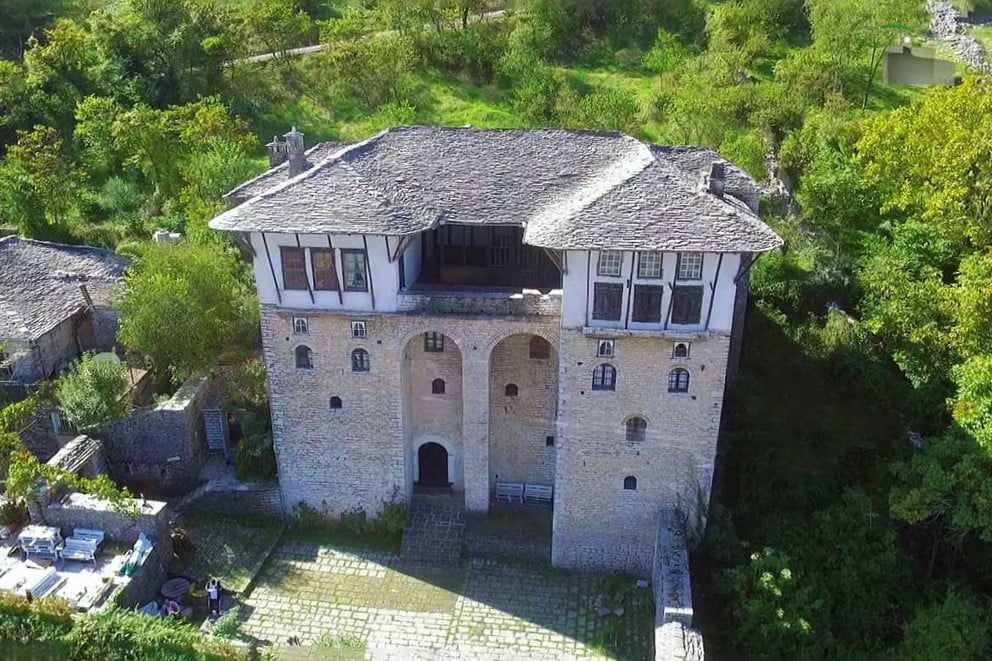
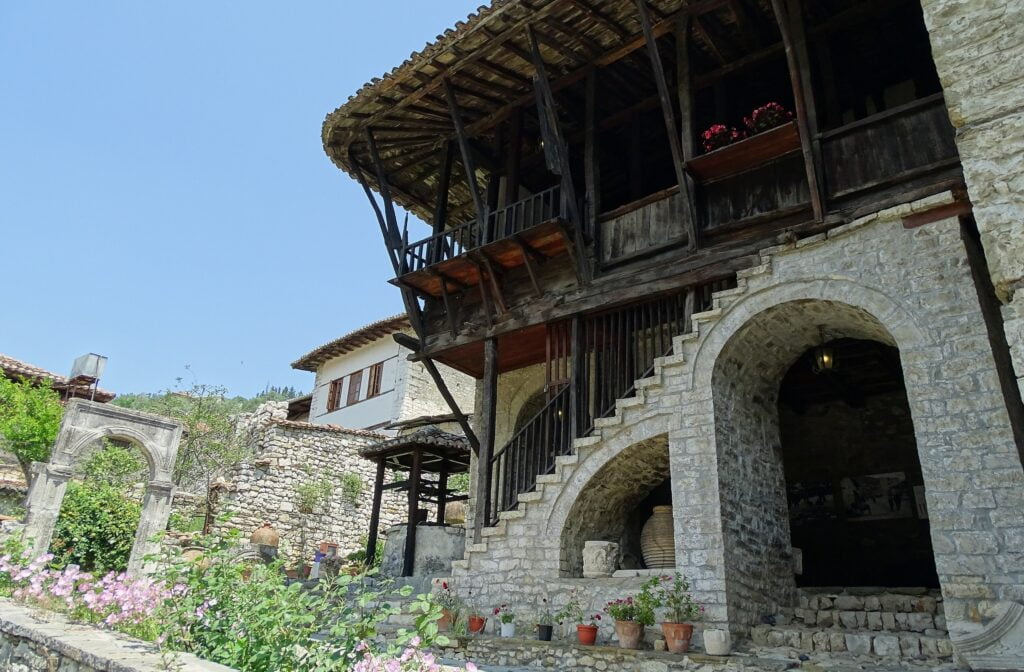
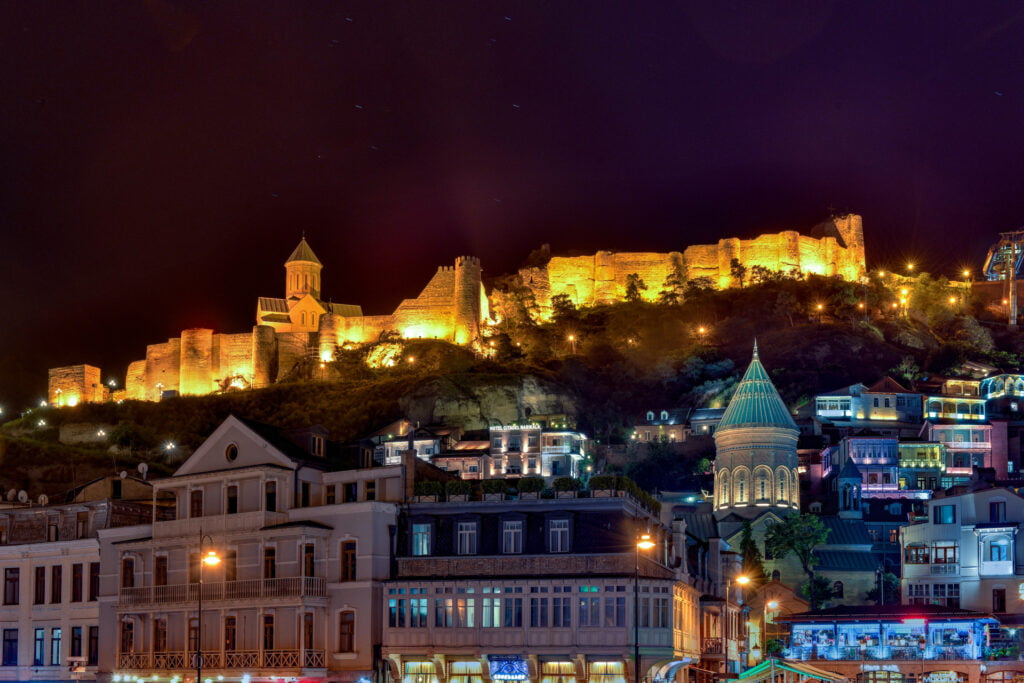
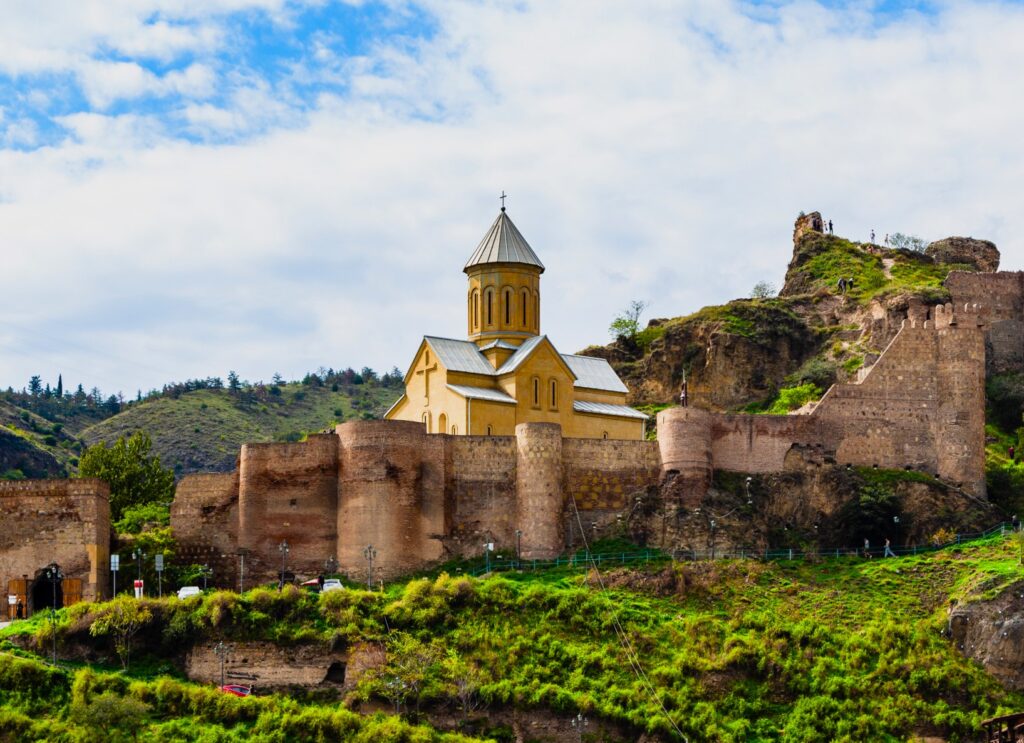

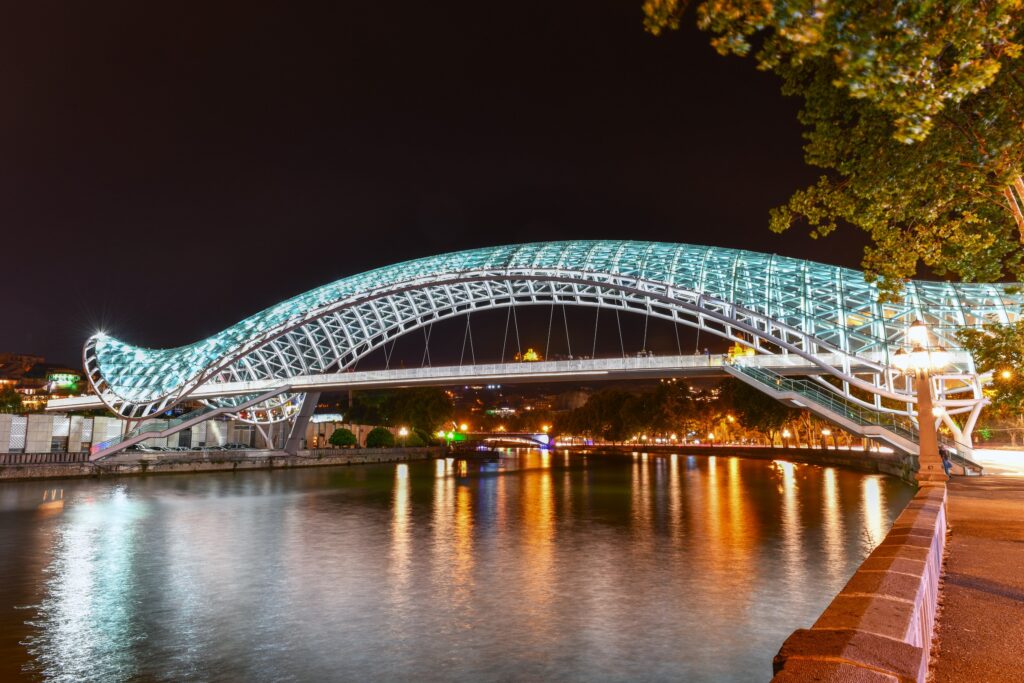
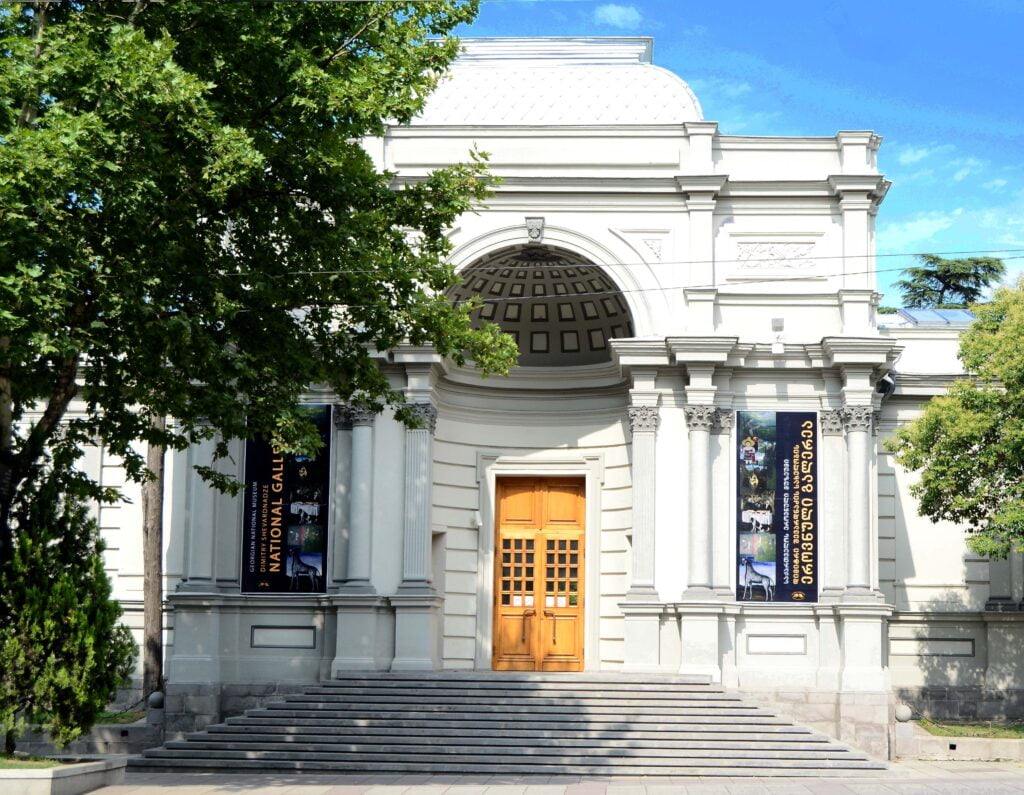
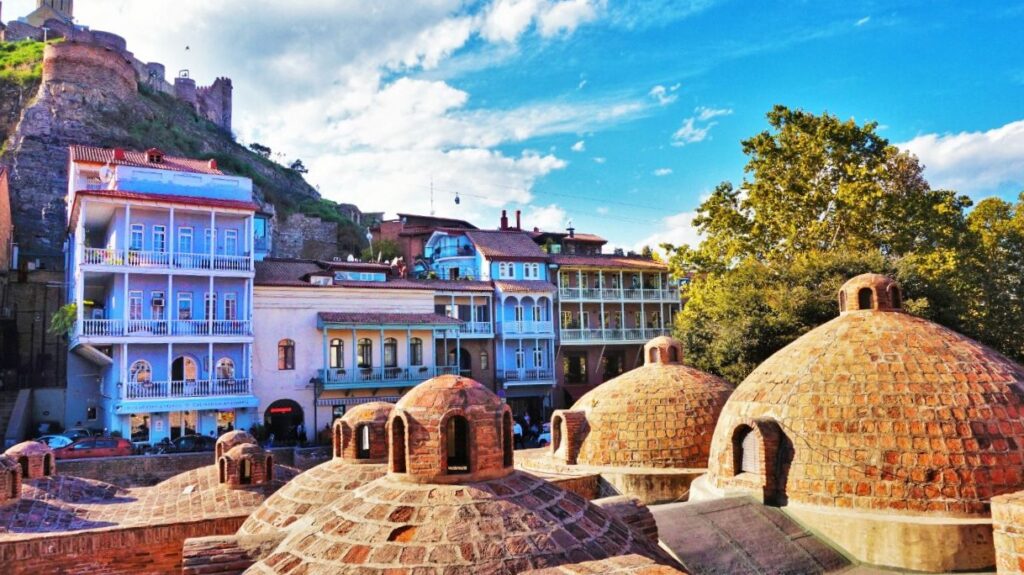
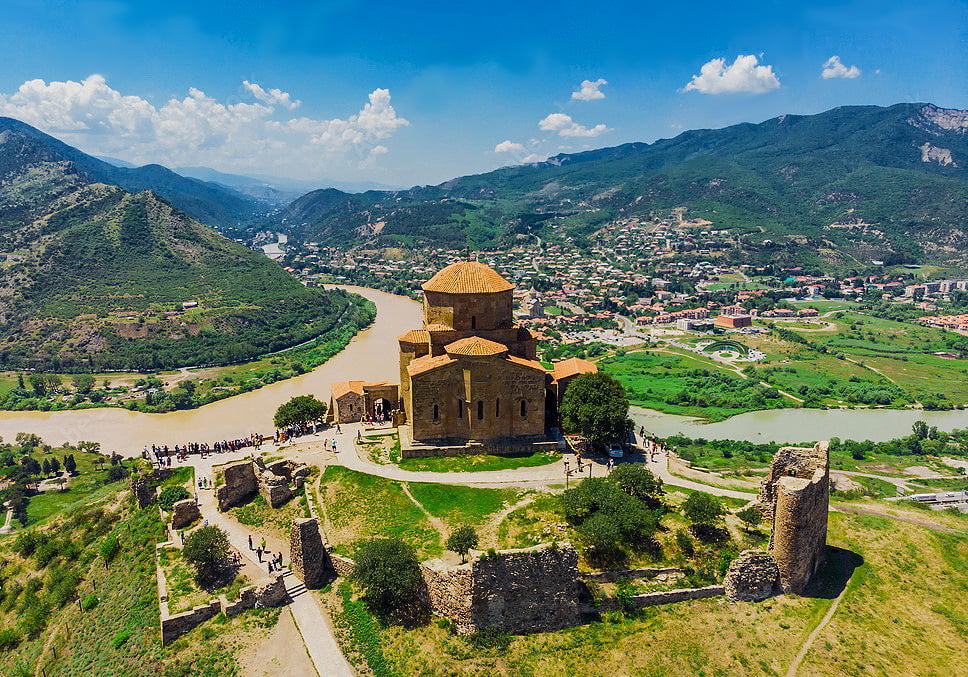
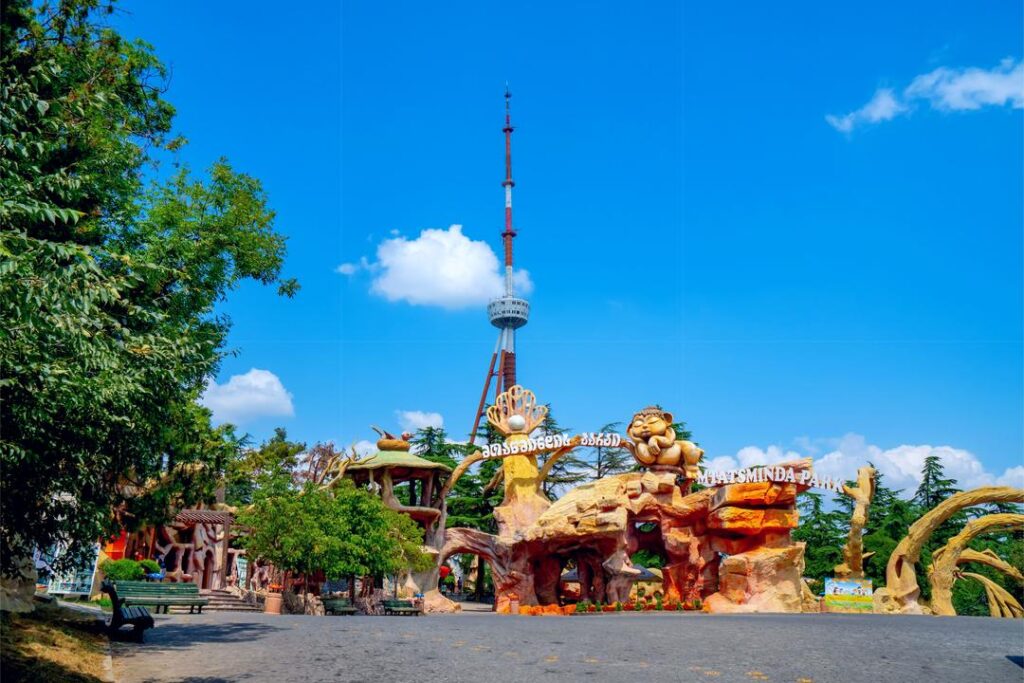
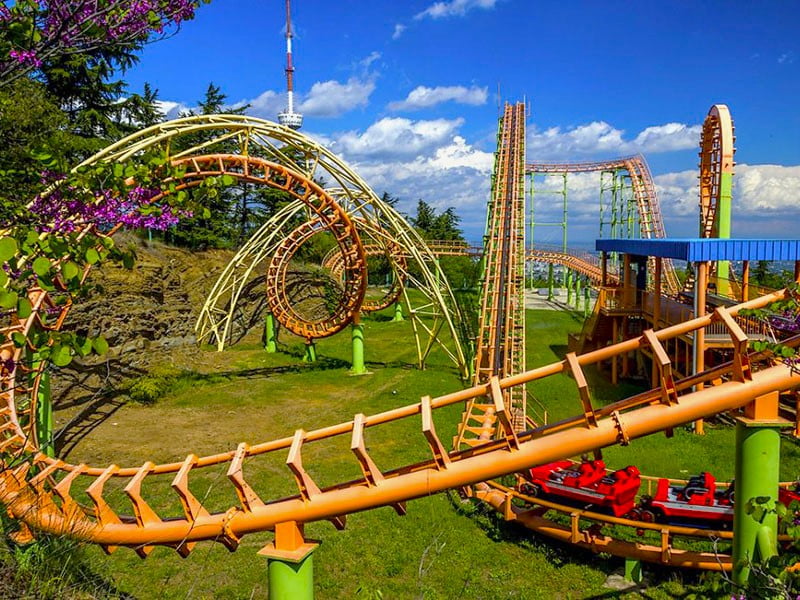
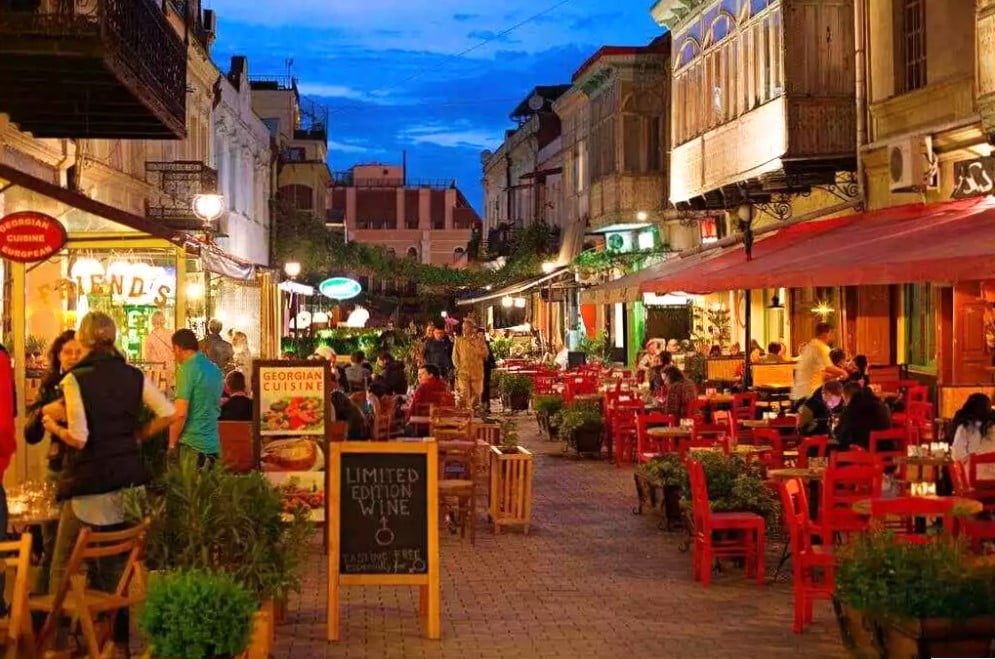
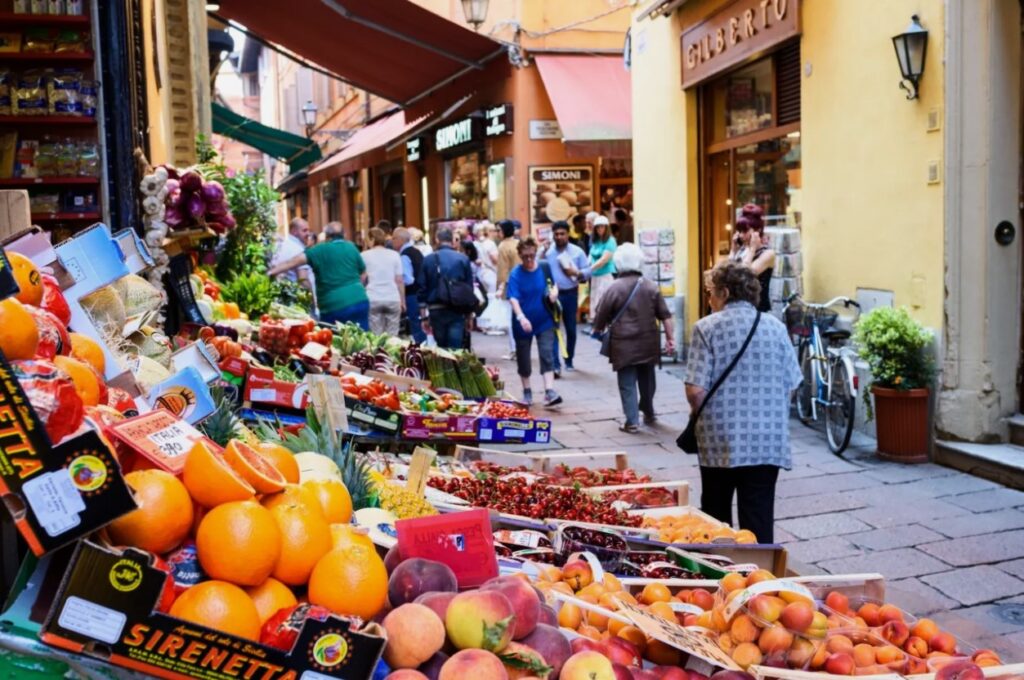


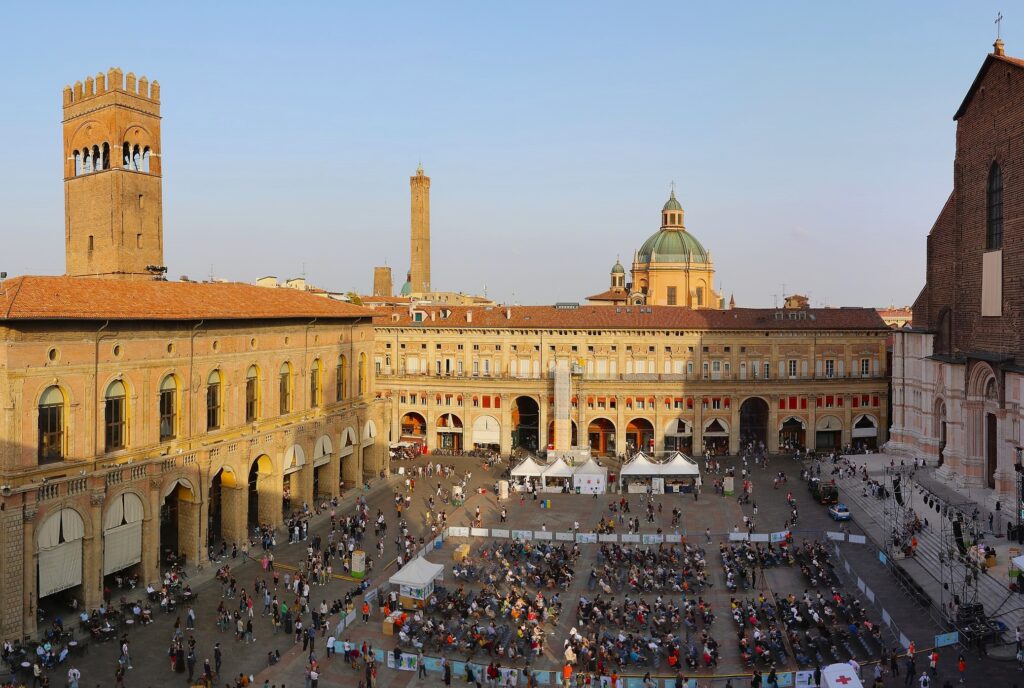
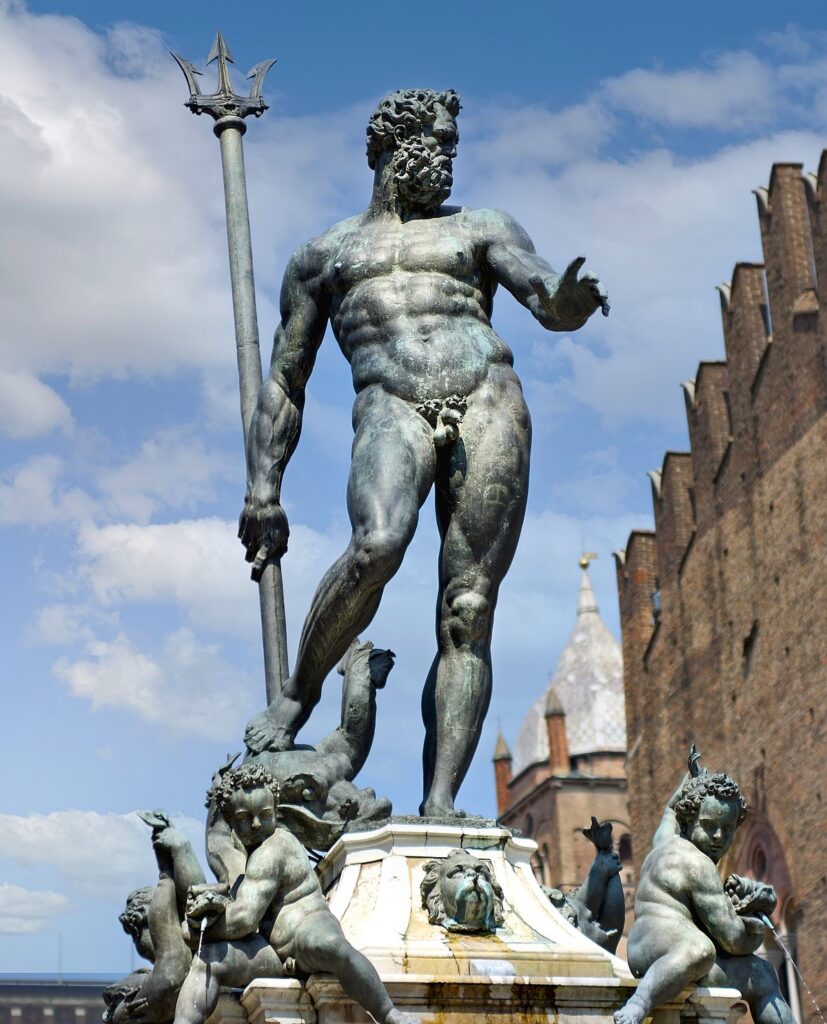


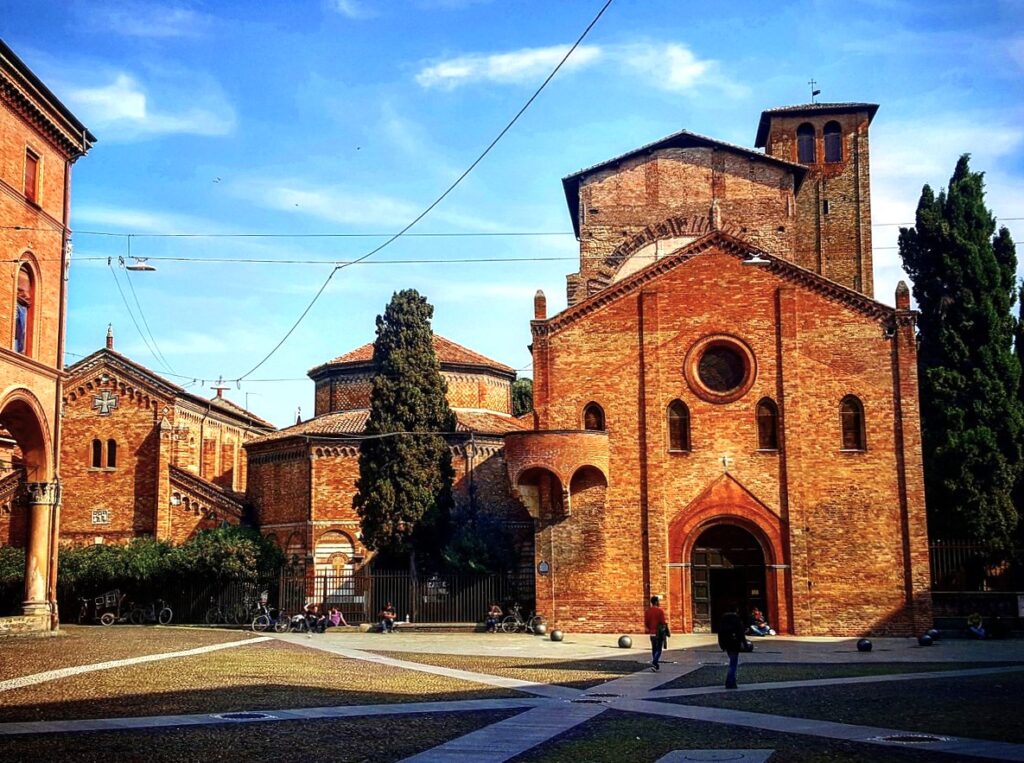
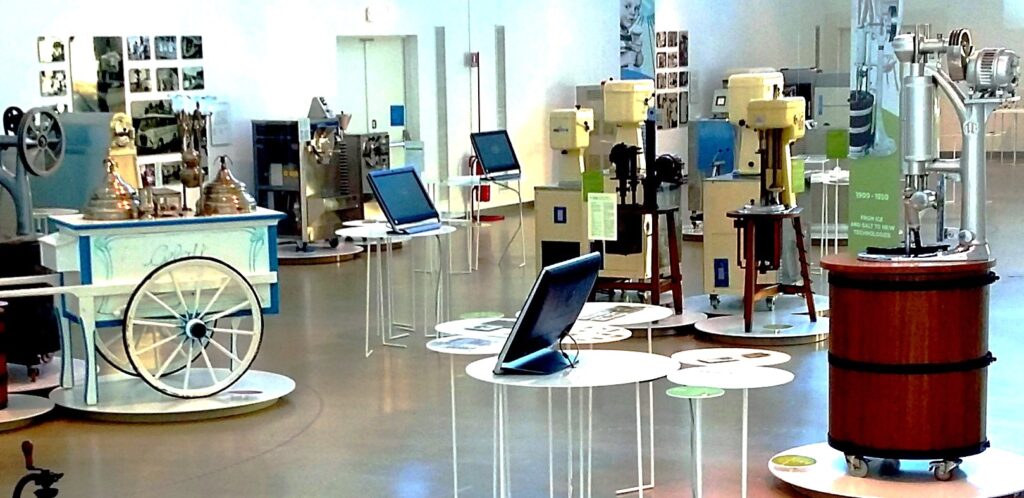

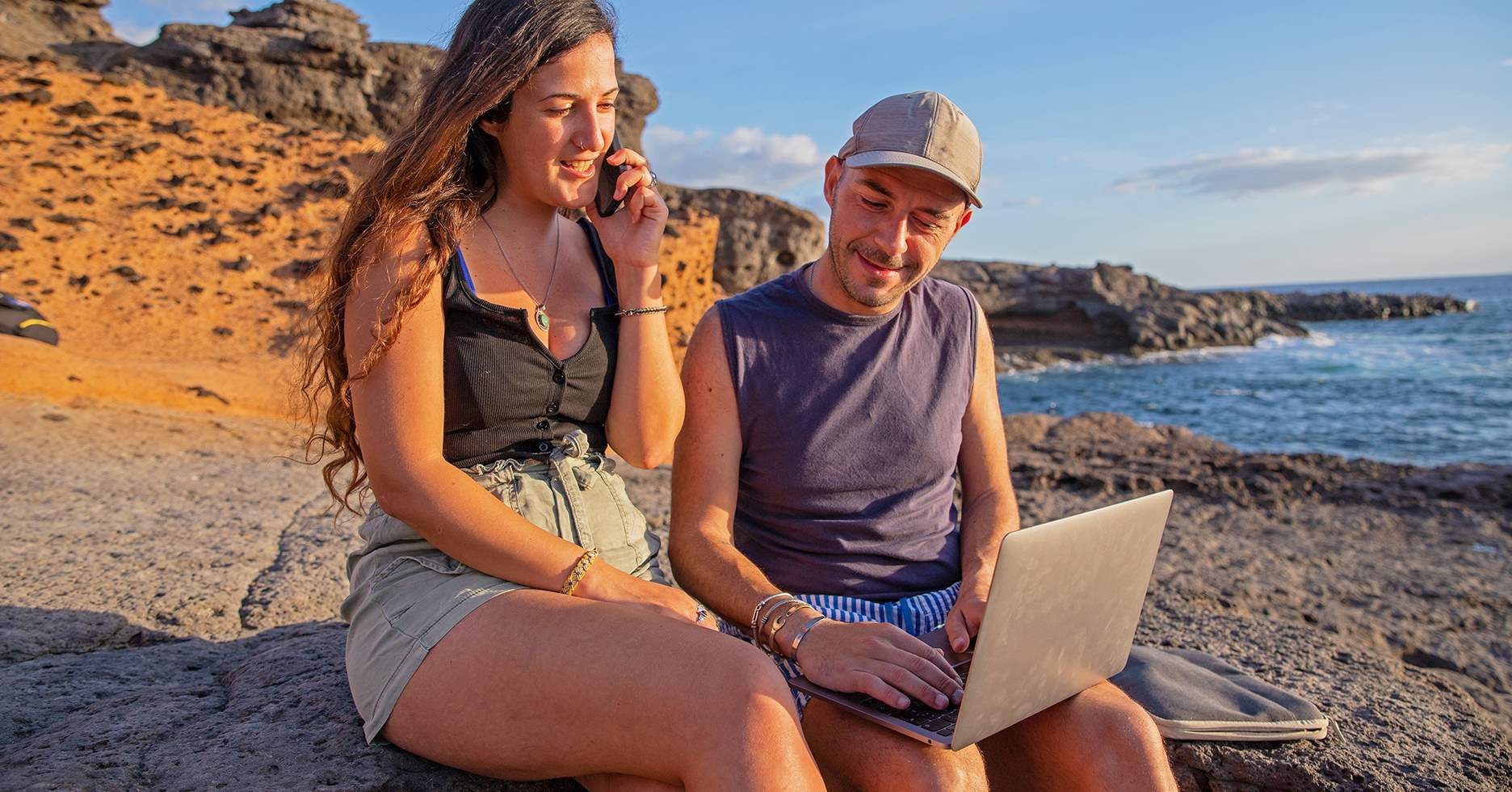


Your article helped me a lot, is there any more related content? Thanks!
Can you be more specific about the content of your article? After reading it, I still have some doubts. Hope you can help me.